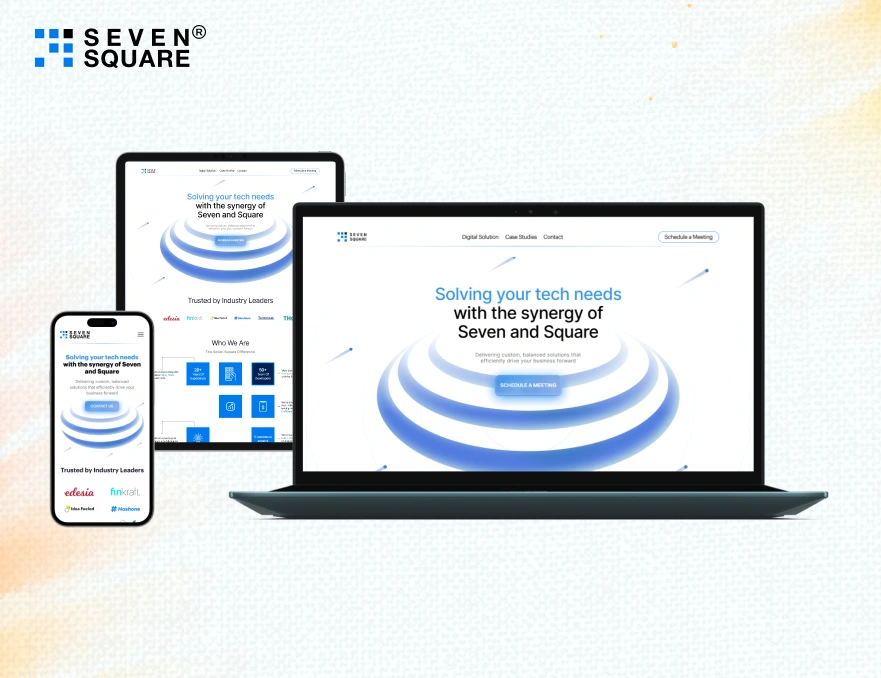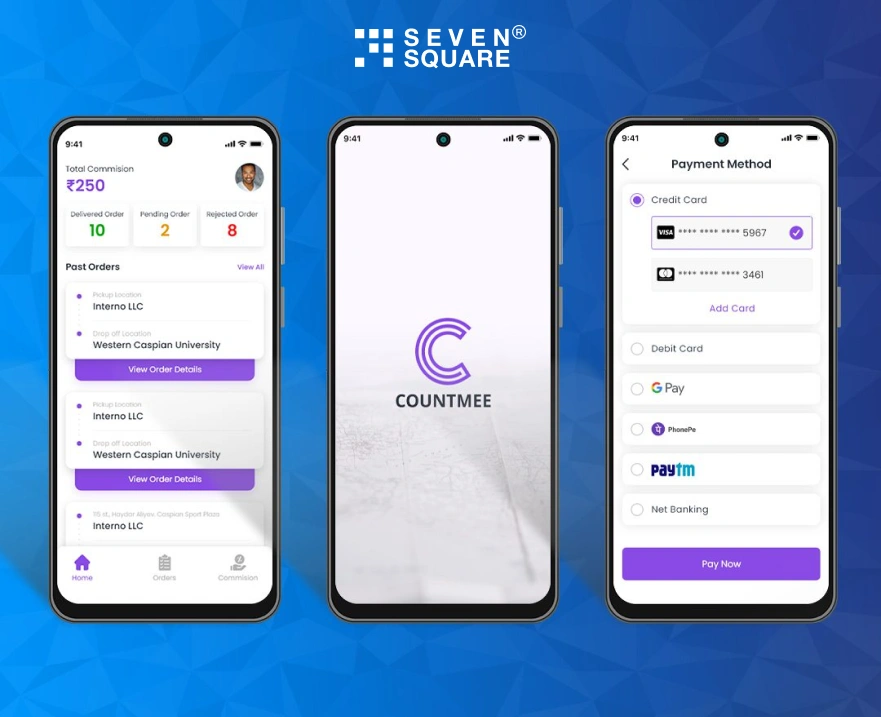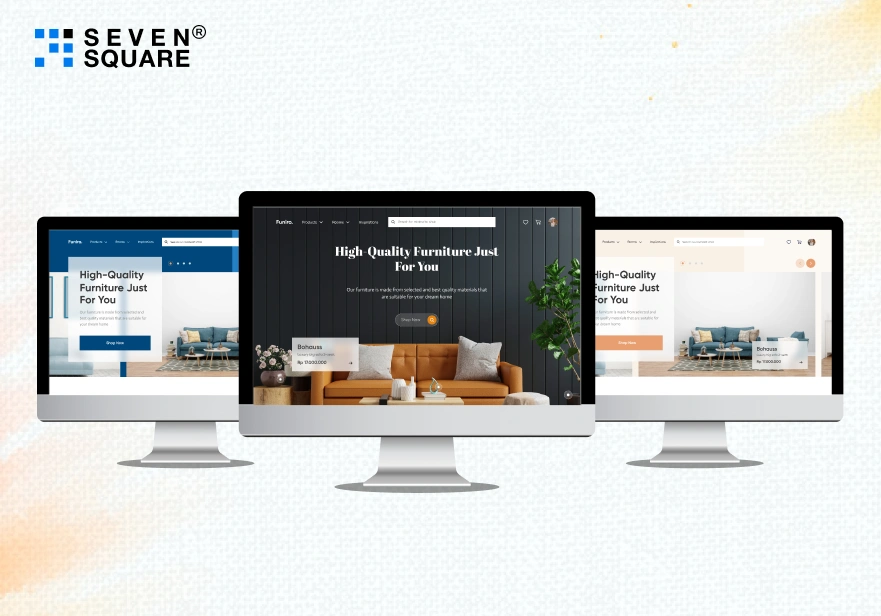Why is it important to have a good UI/UX?
Having an aesthetically pleasing website doesn’t mean you can generate more leads. Conversion rate not only depends on your website’s web content or user interface but also on user experience. The keys to conversion are your selling point and how your potential customers feel about it.
Here are some interesting stats you might want to know on how important is UI/UX design:
1. Judgment on website credibility is 85% based on the website’s aesthetics.
2. 52% of users said a bad mobile user experience made them less likely to engage with a company.
3. 74% of visitors will return if the website has a good user experience.
4. 90% of smartphone users say they’re more likely to keep shopping if they’re having a great user experience.
5. If a website isn’t mobile-friendly, 50% of users will use it less, even if they like the business.
6. Bad mobile optimization annoys 48% of users.
7. Good UI can raise your website’s conversion rate by 200%
8. Up to 80% of potential customers could be lost because a business doesn’t have a website.
9. 44% of customers will never return to the website if the user experience is bad.
10. 35% of internet users will return if the loading time is over 3 seconds.
These stats are interesting enough to make anyone think twice about their current UI/UX design or implementation of any new designs and how user experience can change the whole dynamics of how your website will look and what kind of experience it will provide to users.
10 Ways to improve website’s UI/UX
This blog will explore 10 practical ways to enhance your website’s UI/UX and boost its overall performance.
1. Streamlined Navigation
The key to an effective UI/UX is simplicity. Simplify your website’s navigation by using clear and concise menus. Avoid overwhelming users with too many options, and organize content logically. Implement breadcrumbs and prominent calls-to-action (CTAs) to guide users effortlessly through your site.
Users should easily find what they’re looking for when visiting your website. Streamlined navigation ensures that visitors can access different sections of your website quickly. Avoid cluttered menus and complicated dropdowns, as they can confuse and drive users away. Utilize clear and descriptive labels for each menu item to provide a clear understanding of the content they’ll find.
2. Mobile Responsiveness

With the increasing use of mobile devices, ensuring your website is mobile-responsive is crucial for better conversion rates. Google highly values mobile-friendly websites and tends to rank higher in search results. Optimize your design for various screen sizes to provide a seamless experience across all devices.
Mobile responsiveness is not just a luxury; it’s a necessity. Mobile devices have become the primary means of internet access for many users. If your website isn’t optimized for mobile, you risk alienating a significant portion of your audience. Responsive design allows your website to adapt to different screen sizes and orientations, ensuring users can access your content on smartphones, tablets, and other mobile devices without issues.
3. Fast Loading Speed
Users have little patience for slow-loading websites. Google prioritizes sites that load quickly, as it directly impacts user satisfaction. Optimize images, use browser caching, and leverage Content Delivery Networks (CDNs) to improve your website’s loading speed. A fast website leads to higher user engagement and better conversion rates.
In the digital age, time is of the essence. Users expect websites to load within a few seconds, and anything beyond that can lead to frustration and increased bounce rates. One of the most critical factors affecting loading speed is image optimization. Compress images without compromising quality to reduce their file size and ensure faster loading times. Additionally, enable browser caching to store frequently accessed files locally on the user’s device, further improving loading speed.
4. Engaging and Relevant Content

Engaging content plays a vital role in UI/UX. Use eye-catching visuals, concise yet informative text, and multimedia elements to enhance the overall appeal of your website. Focus on delivering relevant content that addresses the needs and interests of your target audience.
Content is the heart of your website. It’s what draws users in and keeps them coming back for more. Engaging content captures your audience’s attention, encourages them to explore further, and entices them to take action. Use high-quality images and videos to tell your brand’s story and showcase your products or services. Craft compelling, concise copy that clearly communicates your unique selling points and benefits.
5. Intuitive Forms
If your website involves user interactions, such as sign-ups or purchases, ensure that the forms are user-friendly. Keep the form fields to a minimum, provide clear instructions, and use real-time validation to reduce errors. Make the form submission process smooth to prevent users from abandoning the process.

Forms are often the gateway to conversions on websites. Whether it’s a simple contact form or a complex checkout process, you must prioritize the user experience. Minimize the number of form fields to the essentials, as long forms can be intimidating and time-consuming. Use placeholders and labels within the form fields to guide users on what information to enter. Implement real-time validation to notify users of any errors as they fill out the form, preventing them from submitting incomplete or incorrect information.
6. Consistent Branding
Consistency in branding creates a sense of familiarity and trust among users. Use a cohesive color scheme, typography, and design elements across your website. A well-defined brand identity strengthens user engagement and encourages brand recall, improving conversions.
Branding is more than just a logo and a color palette; it embodies your company’s personality and values. Consistency in branding creates a cohesive and memorable experience for your users. Ensure that your logo is prominently displayed on each page, and use the same fonts and colors consistently throughout your website. This visual consistency reinforces your brand identity and fosters a sense of trust and reliability.
7. Implement Feedback Mechanisms
User feedback is invaluable for refining your UI/UX. Incorporate feedback mechanisms like surveys or live chat support to understand your users’ pain points and expectations. Addressing their concerns promptly will boost user satisfaction and loyalty.
Feedback is a goldmine of insights that can help you identify areas for improvement. Implement on-page surveys or pop-up questionnaires to gather feedback directly from users while they are on your website. Additionally, consider adding a live chat feature, enabling users to reach out for support or clarifications in real time. When users feel heard, and their concerns are addressed, they are more likely to perceive your website and brand positively.
8. Personalization
Customizing the user experience based on individual preferences can significantly impact conversion rates. Implement personalized recommendations, such as product suggestions or content recommendations, based on user behavior and history. This fosters a sense of individuality and encourages users to stay longer on your website.
Personalization is the future of marketing and user experience. Users appreciate when a website caters to their specific needs and interests. You can offer personalized product or content recommendations by leveraging data collected from user interactions and browsing history. For e-commerce websites, this can lead to increased cross-selling and upselling opportunities, while content-based websites can improve user engagement and retention.
9. Accessibility
Make your website accessible to all users, including those with disabilities. Utilize alt text for images, provide keyboard navigation support, and ensure the website is compatible with screen readers. An inclusive approach to UI/UX enhances the user experience for everyone and may attract a broader audience.
Accessibility is a fundamental aspect of a user-friendly website. By making your website accessible to people with disabilities, you open the doors to a more diverse and inclusive audience. Use descriptive alt text for images to provide context for users who rely on screen readers. Ensure that only a keyboard can access and navigate all interactive elements. Regularly test your website using accessibility tools to identify and fix any potential issues.
10. A/B Testing

A/B testing, also known as split testing, is a powerful technique to continuously optimize your website’s UI/UX. Test different design elements, layouts, and CTAs to identify what resonates best with your audience. Data-driven improvements lead to better user engagement and, ultimately improved conversion rates.
A/B testing is a data-driven approach to improving your website’s performance. It involves creating two versions of a webpage (A and B), with one element being different between the two. The two versions are then presented to different segments of your audience, and their behavior is analyzed to determine which version performs better. Elements that can be tested include headlines, CTAs, button colors, and layout variations. Continuously conduct A/B tests to refine and optimize your website over time, ensuring you always provide the best.
Conclusion
In the ever-evolving digital landscape, the significance of a seamless user experience and an intuitive user interface cannot be overstated. As we’ve explored the ten invaluable strategies for enhancing your website’s UI/UX, it becomes clear that the intersection of design and functionality is where conversions truly thrive.
Businesses can forge a deep connection with their audiences by embracing responsive design principles, optimizing navigation pathways, employing captivating visuals, and fine-tuning every interaction. Remember, a website isn’t just a virtual storefront; it’s a dynamic platform that shapes perceptions and drives actions. As you implement these transformative techniques, you’ll elevate your website’s appeal and set the stage for improved engagement, heightened customer satisfaction, and a significant boost in conversions.
In this pursuit, the journey towards a better UI/UX is, without a doubt, the path to securing a brighter digital future for your business.
FAQs
- A well-designed UI/UX makes it easier for users to complete their actions like purchasing or signing up.
- Clear navigation, fast loading times, and dynamic design means higher conversion rates.
- Mobile responsiveness is important because most users use websites on mobile devices.
- Responsive design ensures that your website looks and functions smoothly on all screen sizes.
- Use a clean layout, consistent color schemes, high-quality images, and readable fonts. Include whitespace to avoid clutter and ensure your design matches with your brand’s identity.
- Dynamic navigation helps users find what they are looking for quickly and easily.
- Clear menus, logical page structures, and search functionality minimize confusion and improve the user journey.
- Yes, A/B testing compares two design versions to see which performs better.
- By testing the changes like button placements, colors, and layouts, you can optimize your website for better user engagement.
